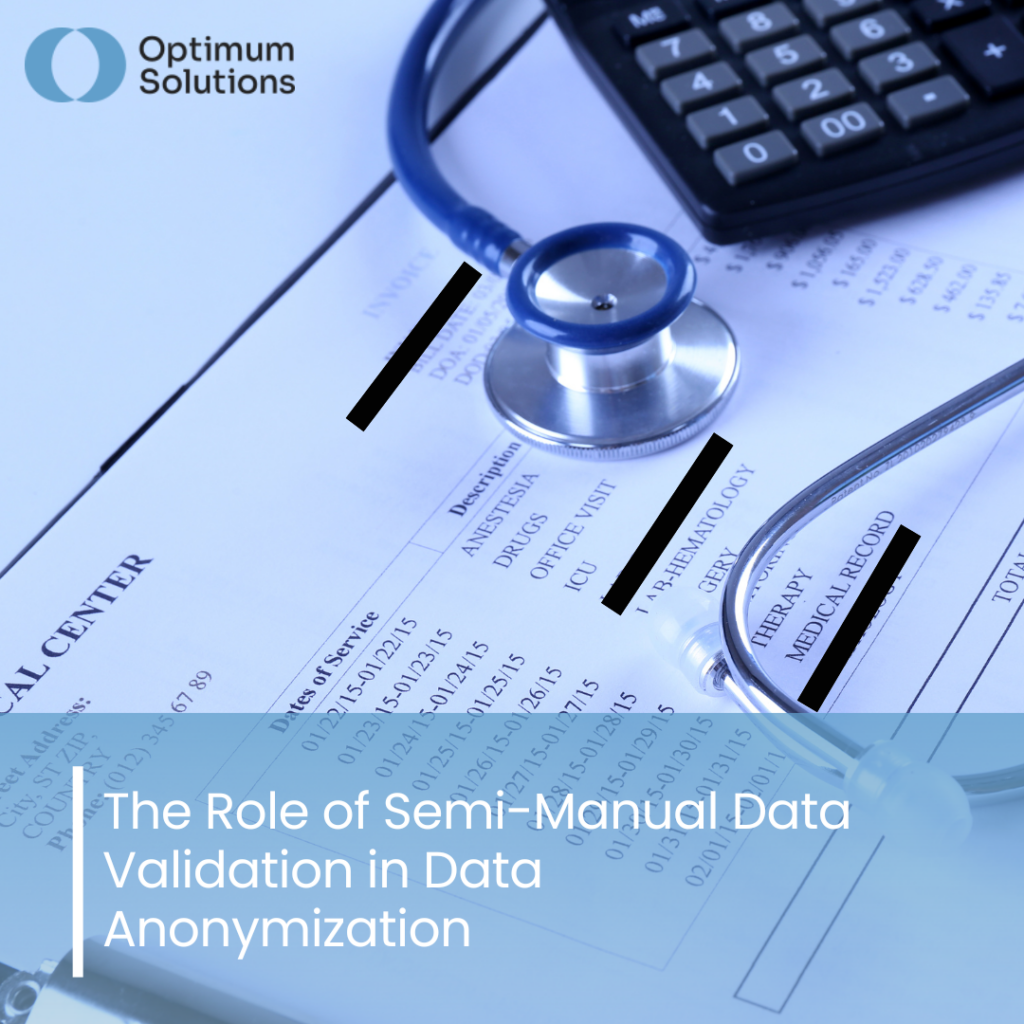
Data anonymization refers to the process of protecting personal or sensitive information by removing personally identifiable information from data sets so that the people whom the data describes remain anonymous. With regulations like the General Data Protection Regulation (GDPR), safeguarding personal information is more vital than ever. Thus, businesses must anonymize personal data when appropriate to protect individuals’ privacy. Data validation is key to ensuring accuracy and cleanliness before anonymization. Even though automated systems have advanced significantly, semi-manual data validation remains crucial, especially when handling sensitive information that demands a more meticulous approach.
In this blog post, we’ll explore what semi-manual data validation brings in the context of GDPR anonymization.
GDPR: Why Semi-Manual Data Validation Matters in Data Anonymization?
GDPR mandates strict guidelines when it comes to handling personal data. To ensure effective anonymization under these regulations, the process must transform the data in a way that makes it impossible to identify individuals, directly or indirectly. Automated systems, while efficient, may sometimes overlook some elements that could lead to re-identification. Human review can properly address some aspects of data, such as context-specific details or exceptional cases.
Businesses that adopt semi-manual data validation processes can benefit from:
- Enhanced Compliance: Meeting GDPR requirements can be complex. Semi-manual validation adds a layer of security, ensuring that data anonymization processes are more reliable.
- Reduced Risk: By combining automation with manual checks, businesses can significantly reduce the risk of accidentally re-identifying personal data.
- Cost-Effectiveness: While fully manual processes can be time-consuming and costly, the semi-manual approach offers a cost-effective balance. It allows businesses to use automation while ensuring quality control through human intervention.
However, to achieve these benefits, a careful blend of technology and human expertise is required to implement semi-manual data validation for Data anonymization. Here are the key steps to get started:
- Select Appropriate Tools: The foundation of any data validation process is the right technology. Choosing software that can automate the bulk of your data validation tasks, including checking for data completeness, accuracy, and consistency is recommended.
- Identify Critical Data for Manual Review: Not all data needs manual intervention, but sensitive datasets or unstructured data such as free-text fields may require human oversight. Identify which parts of your data are prone to errors or inconsistencies and flag them for manual validation.
- Train Your Team: Human validators need to understand both the regulatory environment (GDPR) and the specific context of your data. Training ensures they know how to handle exceptions and anomalies effectively.
- Document the Process: GDPR compliance requires transparency and accountability. Document each step of your semi-manual validation process to provide clear evidence of compliance efforts, which can be critical during audits.
On the other hand, adopting semi-manual data validation under GDPR takes work. Below are some challenges and factors to keep in mind:
- Resource Allocation: Combining automation with manual checks can be resource-intensive, especially when scaling up. Businesses must strike a balance between automation efficiency and the manpower required for manual validation.
- Maintaining Data Quality: The accuracy of your validation process depends on the quality of the initial data. Inconsistent or poor-quality data can make both automated and manual validation more difficult and time-consuming.
- Consistency in Manual Review: Human validators can introduce subjectivity, leading to inconsistencies. Standardizing the review process through checklists and guidelines is crucial to maintaining uniformity across all data validation efforts.
- Handling High-Volume Data: When dealing with large datasets, it’s easy to become reliant on automation. However, manual validation may become overwhelming with high data volume. Setting clear boundaries for when manual intervention is required can help manage this challenge.
- Keeping Up with Regulatory Changes: GDPR is a dynamic regulation with evolving interpretations and amendments. Businesses need to stay informed about these changes to ensure their data validation processes remain compliant.
- Balancing Speed and Accuracy: Automated systems are fast but may miss finesse, while manual validation is slower but more thorough. Finding a balance that satisfies both operational efficiency and regulatory demands is key.
Conclusion
While automation plays an essential role in modern data processing, the complexity and sensitivity of personal data require a more careful approach when it comes to validation for Data anonymization, especially under GDPR. Semi-manual data validation bridges the gap between efficiency and accuracy, ensuring businesses can meet regulatory requirements while safeguarding individuals’ privacy. By incorporating both automated tools and human expertise, companies can protect themselves from compliance risks and create trust with their customers. If you want to learn more about our Semi-Manual Data Validation in GDPR Anonymization initiatives at Optimum Solutions Ltd, schedule a free digital coffee through this link: https://calendly.com/lucoptimum/onlinecoffee.